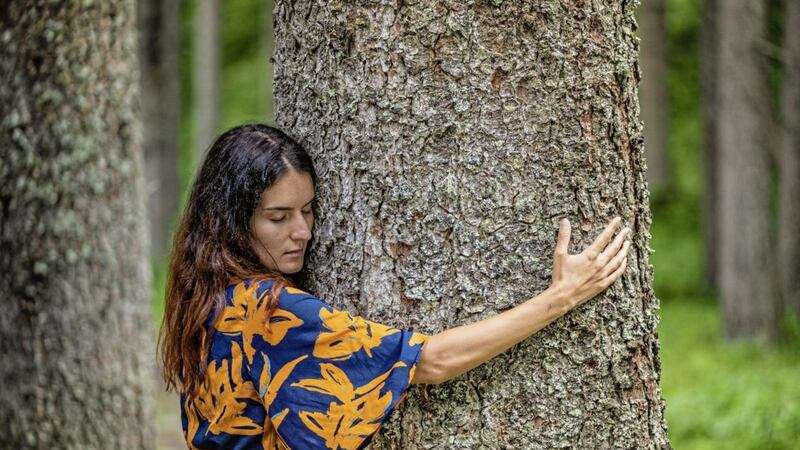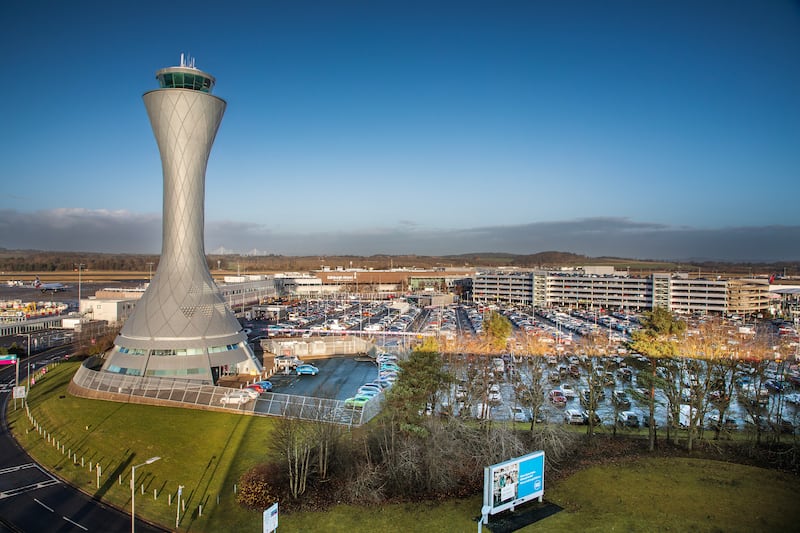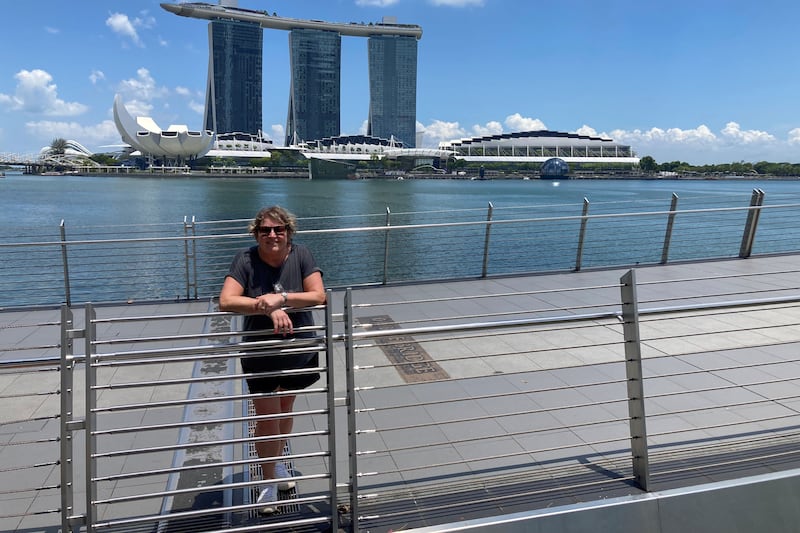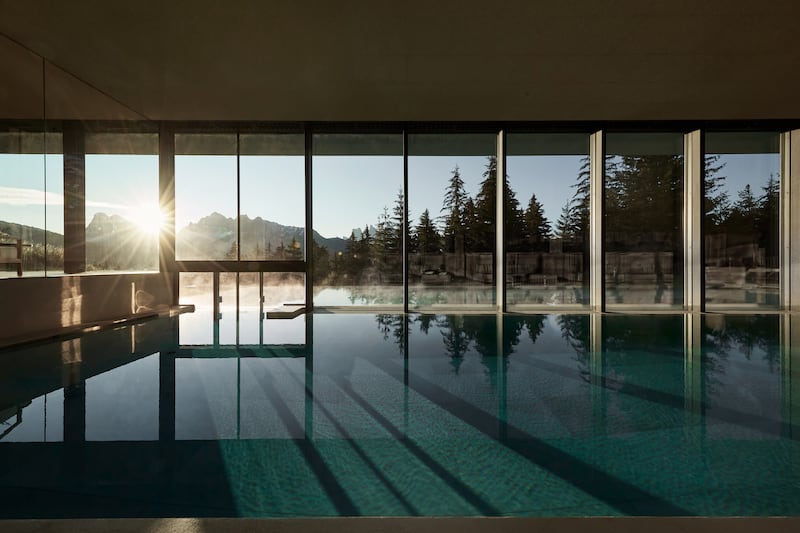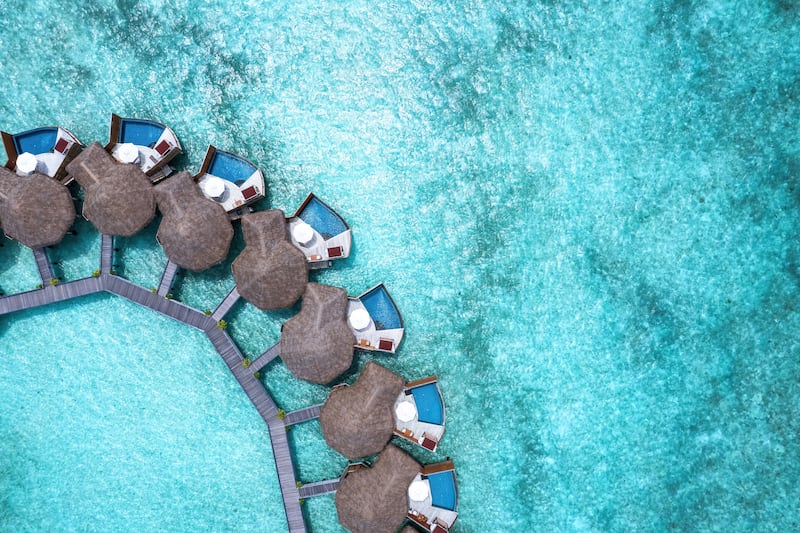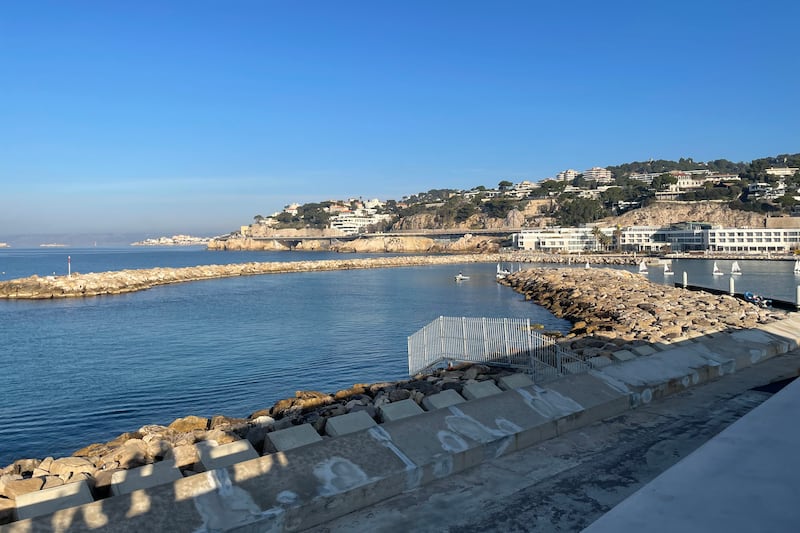THERE are three ways to hug a tree, in case you’ve ever wondered. First you must stand with your legs wide open, instructs self-declared ‘forest fairy’ Margherita De Carli. Wrapping her arms around a larch tree in the Coler area of Trentino’s Val di Rabbi, she closes her eyes and breathes deeply as if in a yogic trance, pressing her solar plexus against the scaly bark.
The other two options? Reversing the pose, strap yourself to the evergreen – reminiscent of an 80s environmental protester, or simply lean against its towering trunk, arms neatly folded into the small of your back. The choice, explains Margherita, is completely personal.
It might sound barking mad, but far from it. When the world feels destabilised and unpredictable, there’s something solid, comforting and reliable about a living organism that’s been rooted to the same spot for decades, it’s welcoming boughs providing a safe habitat for creatures large and small.
Hard science also underpins the appeal of forest bathing.
“This area has a large amount of negative ions in the atmosphere, thanks to the presence of a waterfall,” explains Margherita, pointing to the nearby Saent cascade, a torrent of pure mountain water, tearing down the steep, forested valley.
It’s a theory explained by Italian bio-researcher Marco Nieri in his book, The Secret Therapy Of Trees, where he credits negative ionisation for “cleaning the atmosphere” and having a beneficial impact on “psychological well-being”.
Margherita’s tree hugging tuition is the culmination of a new forest trail, where hikers are encouraged to walk barefoot over a bed of bouncy pinecones to improve posture and wade through refreshing streams to boost circulation.
Lying at the heart of the Italian Alps, between the Dolomites and Lake Garda, Trentino is one of Italy’s five semi-autonomous states; a 2.5-hour drive from the closest airport in Verona, it feels pleasingly remote.
Wooden chalets with flower-filled window boxes wind around frescoed stone churches in the Val di Sole, where I base myself in the village of Cogolo, at the entrance to Stelvio National Park. Cow bells peel from valleys bristling with conifers and sunbeams strike sawtooth peaks like roving spotlights. But even more dramatic is the air – so clean, fresh and pure.
Although charming in warm weather, the region is best known for its ski resorts. Yet a question mark still hangs over what the future might hold.
Fears for the winter season have, however, been softened by a successful summer. Mountain guide Giacomo Bertololini tells me many Italians have discovered the mountains for the first time this year – hiking along trails scented with wild thyme, waking up in 3,500m-high cabins, or searching for ibex between forests and clouds.
Food is also one of the area’s main attractions. At Lo Scoiattolo refugio in the Val di Pejo, I eat locally foraged fat, meaty porcini and delicate, buttery chanterelle mushrooms. Part of the Pejo 3000 ski resort, the mountain restaurant is participating in a scheme to become the first plastic-free ski area in the world.
Trentino boasts an array of elegant sparkling wines but the region’s real liquid gold flows from its Alpine springs. Since the 19th century, people have come here to drink healing waters, and 16th century documents refer to the restorative powers of the Pej baths.
Inside the clinical spa, where doctors can prescribe a programme of treatments and water consumption, I’m wrapped in a thick cocoon of warm mud infused with muscle-easing minerals, and I lay in a bath so highly concentrated with skin-tickling natural gases, it takes my breath away.
Already at high altitude, the experience brings me even closer to the heavens. But it’s the combination of water, fresh air and forest that forms Trentino’s holy trinity.
Walking through woodlands later that evening, I’m struck by the enormity and enchantment of it all.
FACT FILE
:: Hotel Stelvio Domina (hotelstelviodomina.it/en), rooms from €60 per night with breakfast
:: Mud Therapy with a Thermal Bath at Terme di Pejo (termepejo.it), €40
:: Visit visittrentino.info/en and valdisole.net
